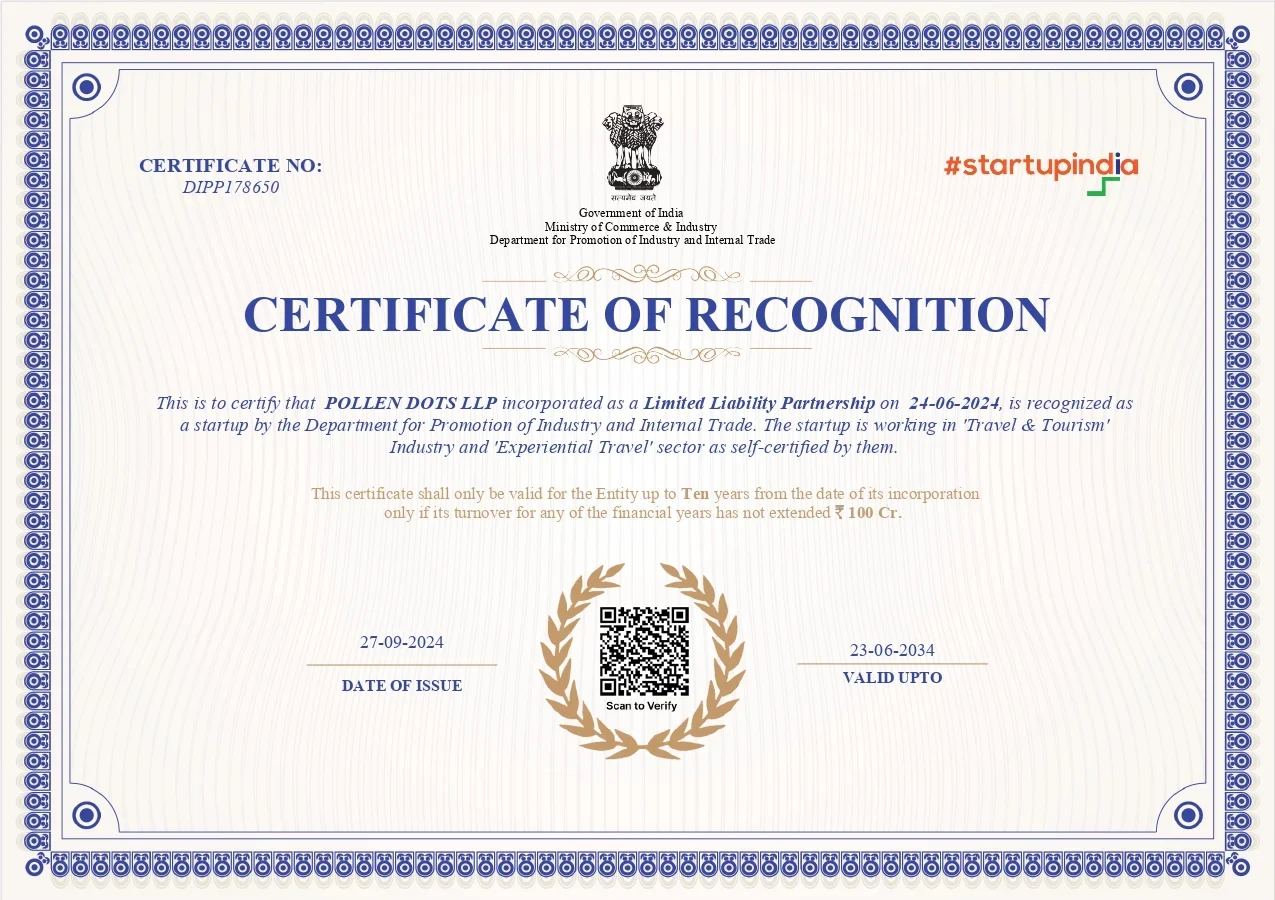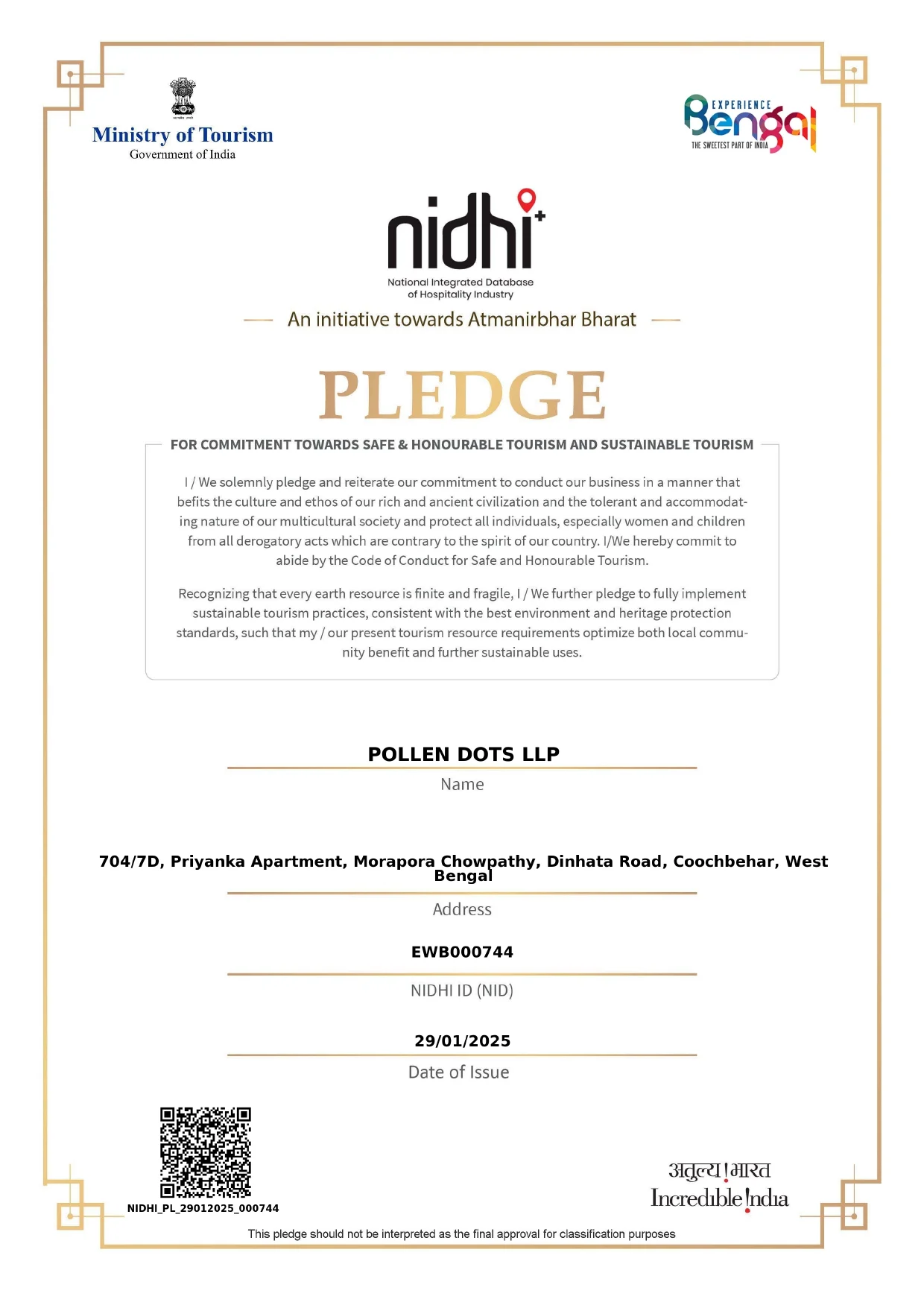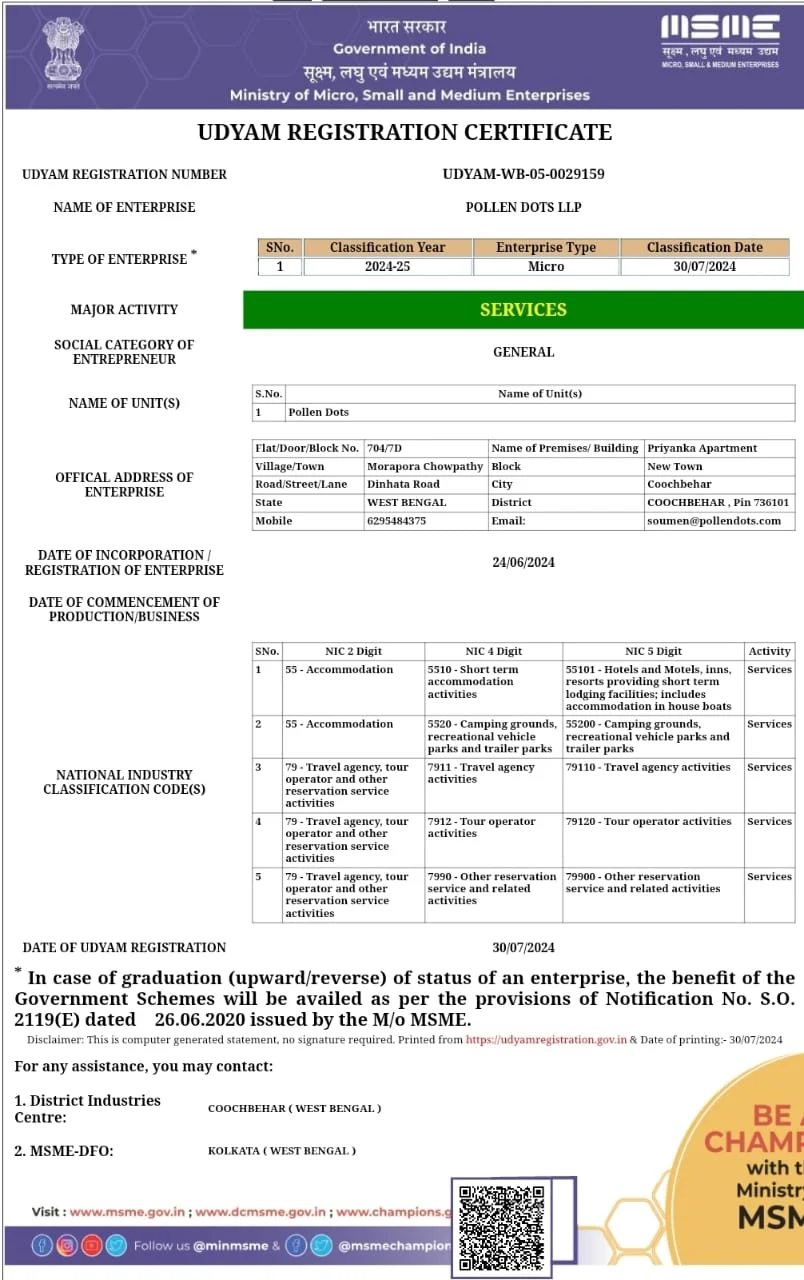In Zemithang — the last village before the borders blur into Bhutan and Tibet — dance is not an act of performance. It’s how history breathes. Here, tucked into the folds of the Pangchen Valley, the rhythms of life are measured not by calendars but by chants, cymbals, and slow, circular steps.
This is where tradition moves not on stage, but on packed earth, under prayer flags, beside flickering butter lamps. This is where the drum begins.
The Dance of the Pangchenpa
The Pangchenpa people — who speak a dialect of Tibetan and follow Mahayana Buddhism — have passed down their sacred dances for centuries. The Cham dance, performed during Losar (Tibetan New Year) and other monastery festivals, is not merely ritualistic. It is cosmic theatre.
Masked dancers, embodying wrathful deities and protective spirits, move in choreographed patterns to drive away negative forces and invite prosperity. Each movement is deliberate, timed to traditional Tibetan instruments like the dungchen (long horn), nga (drum), and gyaling (reed flute).
“We don’t dance to impress,” says a monk from Gorsam Chorten. “We dance to remember what must never be forgotten.”
Gorsam Chorten: Sacred Rhythm Keeper
The towering white dome of Gorsam Chorten, built in the 13th century, is Zemithang’s spiritual heart. During the annual Gorsam Kora, devotees walk clockwise around the chorten — often for days — spinning prayer wheels and whispering mantras.
It’s here that you may witness spontaneous gatherings of villagers draped in traditional attire, their feet dusting the earth in quiet unison as someone plays a melody older than memory. No applause. No curtain calls. Just movement and meaning.
Snippets from the Valley
- Dance on Roofs:
During festive months, you might see young villagers practicing on rooftops — their shadows dancing before their bodies. - Songs Without Words:
Elders sing wordless melodies that mimic river flows and wind patterns. Each tune has a purpose — to summon rain, to bless a harvest, or to honour the departed. - Children of the Drum:
Boys as young as six are taught the rhythm patterns — not from books, but by sitting beside the village drum, feeling the beats with their palms.
When Silence Is Music
Zemithang teaches you that rhythm doesn’t always require noise. The prayer flags fluttering above fields, the spinning of wheels in Gorsam Kora, the synchronized hand movements of masked monks — all of it is music. Just not the kind you measure in decibels.
Know Before You Go
- Festival timing: Visit during Losar (usually February–March) or the Gorsam Kora (April) for traditional dances and rituals.
- Stay options: Basic homestays available in Zemithang; limited mobile connectivity, but immense hospitality.
- Travel tip: Be respectful during religious dances — never interrupt or stand in front of masked performers. Photography should be minimal and only with consent.
In Zemithang, dance doesn’t seek an audience — it seeks continuity. It is a bridge between the seen and the unseen, between ancestors and children, between rhythm and silence. Come not to watch, but to witness.
In places where the world ends, the soul begins to move.”
















